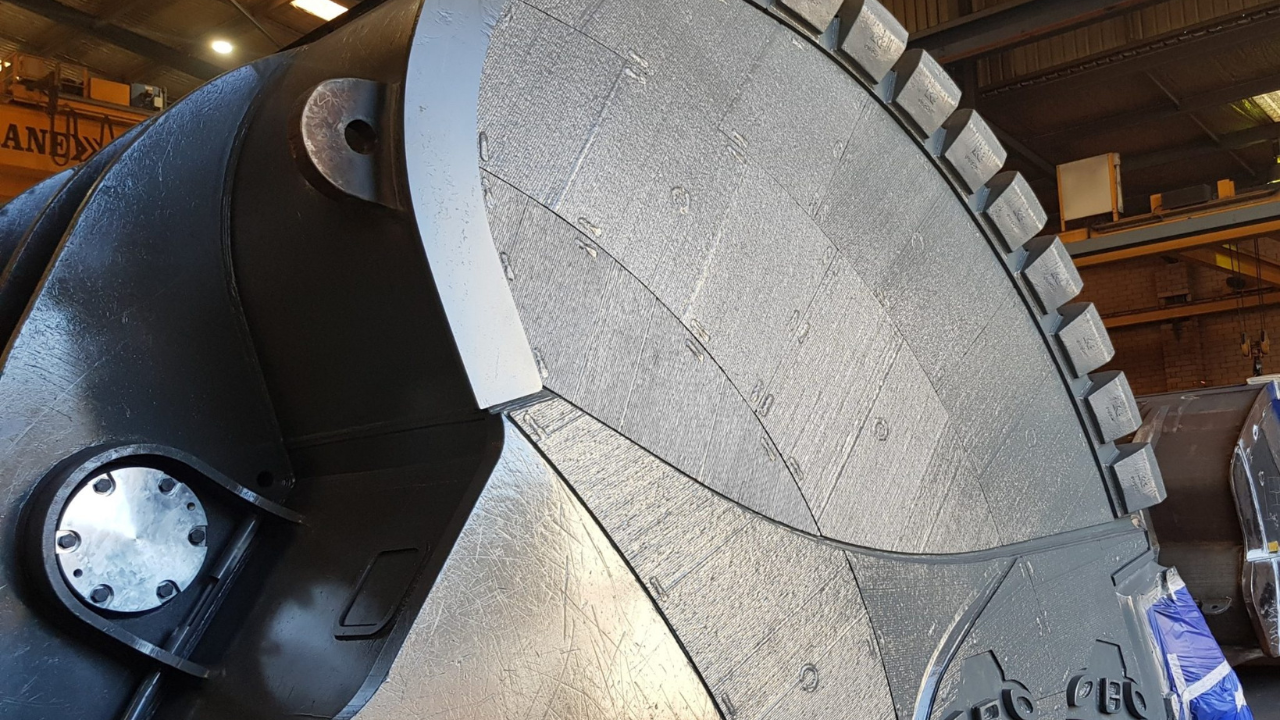Road milling machines utilize milling teeth as their essential components to perform asphalt and concrete surface removal operations. The tough operational environment leads to substantial wear damage on milling teeth. The implementation of wear plates represents an effective method to increase milling teeth durability. The protective components of wear plates serve to extend wirtgen milling teeth life duration, while simultaneously boosting machine operational effectiveness. The article examines how wear plates improve milling teeth durability alongside their advantages for milling operations.
What Are Wear Plates?
People working with milling teeth machines should be familiar with wear plates consisting of high-strength materials, including tungsten carbide hardened steel and alloy steel, which serve as specialized protective components. Wear plates serve as protective barriers that defend milling teeth from wear damage that results from friction impact and abrasive conditions. Wear plates receive placement on milling teeth and tool holders to slow down deterioration rates while boosting operational efficiency.
Protection Against Abrasion
Milling operations subject milling teeth to continuous exposure to abrasive materials including asphalt concrete and debris. The protective function of wear plates creates a shield which prevents abrasive materials from touching milling teeth directly. The protective barrier function of wear plates decreases the amount of wear that occurs which extends the useful life of teeth.
Resistance to High Impact Forces
The teeth experience substantial force when they cut through hard materials. The forceful impact generates damage that leads to tooth chipping, cracking and shortens their operational lifespan. The installation of wear plates provides a force distribution mechanism that distributes impact forces evenly and reduces milling teeth vulnerability to excessive wear.
Heat Dissipation
High temperatures generated by milling friction eventually lead to the weakening of milling teeth. Wear plates with heat-resistant material properties function to spread heat away from teeth surfaces and preserve their structural quality. The protective design stops overheating while maintaining steady operational performance.
Improved Structural Strength
Wear plates strengthen the entire structure of milling teeth by making them less susceptible to bending and deformation. Standard milling tools become vulnerable to damage in high-pressure milling situations because of continuous pressure and impact.
Cost Savings Through Reduced Replacements
The durability extension of milling teeth through wear plates decreases the need for replacements. Through wear plate implementation companies spend less money on maintenance which results in decreased machine downtime thereby enhancing operational excellence while reducing costs.
Factors to Consider When Choosing Wear Plates
Several important factors need consideration during wear plate selection for milling teeth to achieve peak performance.
- The selection of wear plates should include tungsten carbide or high-alloy steel materials because they provide exceptional resistance against wear.
- The wear plates must have a design that matches particular milling teeth products alongside specific machine brands.
- The wear plate thickness needs to match the operational requirements while maintaining both durability and operational performance.
- Wear plates should come from manufacturers who excel in making premium milling wear parts.
Conclusion
Milling teeth benefit from wear plates which serve to protect them from abrasion, impact and heat exposure. The durability enhancement capability of wear plates results in improved machine efficiency cost savings and reduced downtime. Road milling professionals who invest in premium wear plates will obtain optimal equipment performance and extended project outcomes in their milling operation.


